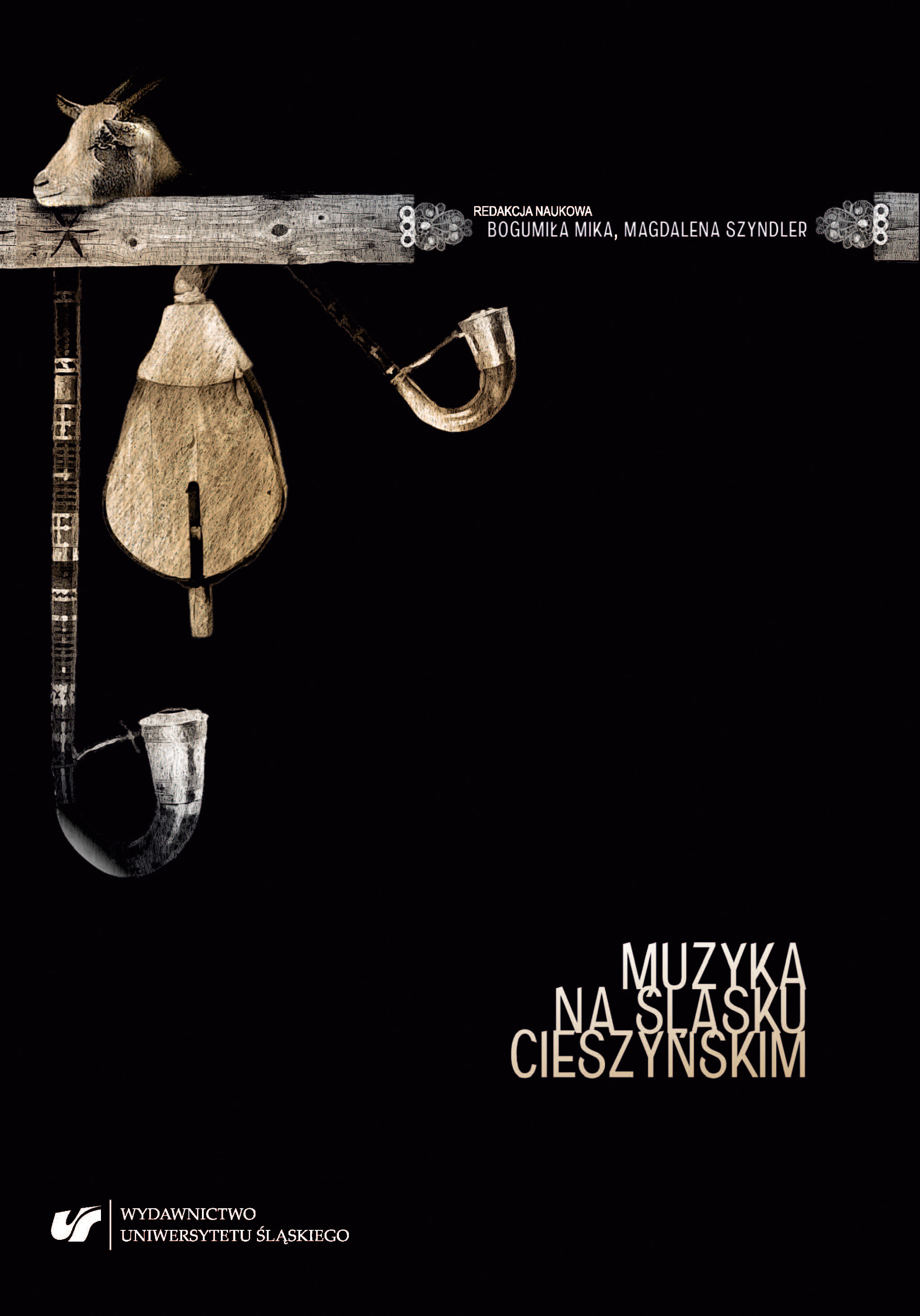Cieszyńskie prymaty folklorystyczne
The folklore primacies of Cieszyn
Author(s): Zbigniew Jerzy Przerembski
Subject(s): Music
Published by: Wydawnictwo Uniwersytetu Śląskiego
Keywords: Śląsk Cieszyński; Silesian highlanders; traditional music; folk music; musical instruments; ensembles;brass bands;
Summary/Abstract: Śląsk Cieszyński is on of those now not so numerous parts of Poland in which relatively numerous manifestations of early folklore, which was not completely processed by the relentless gears folklorism, have been preserved to this day. This applies especially to the southern, highland part of the region – Beskid Śląski – for it is a region in which ensembles, where dudy and violins, piszczałki, and trombitas are still played, although usually in different circumstances and functions. The instruments continue to be made according to the early models, one dances the owięzioki dances and performs particular songs (kolędy) in the winter and in the summer.However, it was quite early, for at least at the turn of the 18th century, that the affluent Cieszyn region, could manage to introduce instances of “novelty” to its traditional culture – the latter include qualitative (although some are also purely quantitative) transformations of the instrumentarium of folk music, associated with the introduction to musical practice of other, especially non-traditional, and even non-folk instruments, including the spread of brass bands in the second half of the 19th century. This region also saw the emergence of significant innovations in the construction of musical instruments, including traditional instruments such as dudy. One may conjecture that the expansion of folk ensembles and the modifications of instruments was influenced to some extent historically by court and city ensembles, and in the modern period – by the changes of the performance-related situations from traditional to stage-based ones.Śląsk Cieszyński combines opposites: a folk musical tradition with innovations enforced by modern cultural transformations.
Book: Muzyka na Śląsku Cieszyńskim
- Page Range: 69-77
- Page Count: 9
- Publication Year: 2018
- Language: Polish
- Content File-PDF

